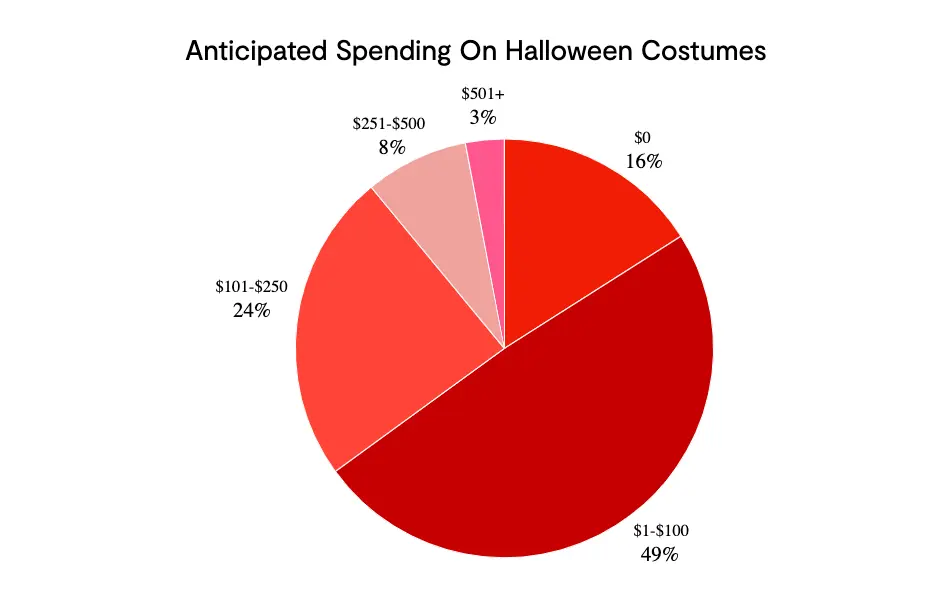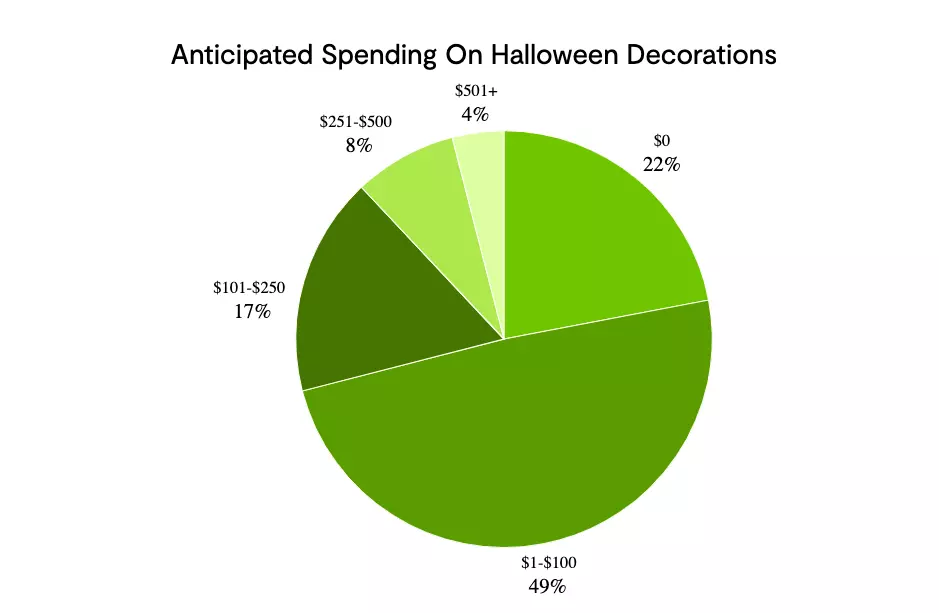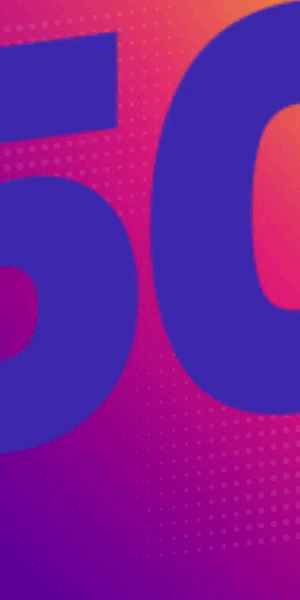According to a survey conducted by Power Reviews, there is good news for the industry despite the ongoing recession. 87% of consumers plan to celebrate Halloween this year, with 44% expressing interest in finding bargains or coupons and 65% intending to shop online.
As Halloween approaches, publishers need to prepare themselves by ensuring they have the best deals and shopping options available to them. Additionally, 46% of users will turn to Google to find costume ideas, so publishers should be ready to provide such content. Due to the economic climate, 65% of consumers will be price-conscious when buying candy, which presents an opportunity for user-generated content. Furthermore, most users are looking to explore new brands and vendors for their Halloween purchases, whether it’s candy, costumes, or decorations.




(Src: Power Reviews)
By creating content that meets users’ needs and expectations, publishers can attract targeted audiences to their websites. This is a win-win situation for everyone involved – advertisers, publishers, and consumers. The key to success here is to be well-prepared, so let’s get started!
Halloween Tips for Publishers
Let’s look at how publishers can take advantage of this influx of consumer spending and retailers’ increased budgets during this Halloween.
Halloween Ad Campaigns
Publishers prefer to serve direct-sold ads on their websites. However, going beyond direct-sold ads this time is a step forward that publishers can take.
Since consumers prefer to shop online, this Halloween will bring in tens of thousands of new advertisers. This gives publishers a chance to sell the remnant inventories via programmatic advertising. Getting better-targeted ads, higher eCPM, and generating more revenue through multiple demand partners are some of the special treats that programmatic advertising brings.
The most preferred method of programmatic advertising is header bidding. Publishers can connect with several buyers at once and sell the ad impressions at the highest possible price in real-time. Simultaneously, publishers can set up direct deals and increase the competition between direct and indirect advertisers.
Contextual Targeting
Contextually relevant ads are one of the most effective ways to serve ads on the website. On average, they bring in click-through rates nearly twice as high as those on non-contextual ads, and users are more likely to convert since ads are relevant. Further, with the advertising industry shifting towards a data and privacy-first ecosystem, contextual advertising is positioning itself as a robust tool to deliver relevant ads on websites.
Publishers should target their audience based on Halloween Content, like Candy Recipes, Jelly/Jello Recipes, Baking Recipes, Cake Recipes, Cookie Recipes, and Dessert Recipes. As contextual ads are more likely to be relevant for the audiences, the ROI of advertisers is higher. And thus, ad revenue for publishers.
Note: If publishers serve ads via Google Ad Manager, serving contextual ads is easy. They can set up key values and deliver ads aligning with the page’s context. They can contextually target ads coming via header bidding as well. Here’s how to do it.
Halloween Audience Segments
As third-party cookies disappear, transitioning to advertising based on first-party data has become more prominent for publishers. Advertisers want to consider expanding their reach and invest in publishers who can provide them with first-party data. So, capturing first-party data from the websites and understanding how users scroll, click, and search on the websites using tools like Google Analytics is an excellent way by which publishers can acquire quality demand and make their inventories premium.
Publishers can create audience segments based on audiences who fall best within categories like holiday cooks, grocery buyers, household cooks, and recipe content enthusiasts. This will help them deliver relevant ads to these audiences and improve their bottom line.
Run Halloween Themed Social Promotions
Social media platforms like Facebook and Instagram are pivotal in inspiring purchase intent in most people. Publishers with a social media presence should spruce up their company pages and optimize them for Halloween.
They can set up Halloween-themed promotions on social media pages. Facebook or Instagram giveaways are also a simple yet effective option. Additionally, publishers can create innovative promotions with attractive prizes. It can help them increase followers, engagement, and even sales.
Create Halloween Guides and a Series of Articles
Halloween-themed content is a great way to serve not only contextually relevant ads but also works great to increase dwell times and engagement rates amongst audiences visiting a website. Publishers don’t necessarily need to hit up something very new. They can attract the audience and keep them engaged with the one thing publishers do best – producing original and unique content.
People have been looking for Halloween ideas (recipes, humor, home decor, costume ideas, DIY projects, and party themes) on social media sites like Instagram, Pinterest, and TikTok. Doing something similar, related to the theme of Halloween, and one that is trending is a great way to attract interested audiences. Google Trends and Pinterest are great resources for developing new articles and guide ideas. Publishers can also look at Facebook and see what people are talking about.
Sponsor Virtual Halloween Events
It’s Halloween, and a publisher’s audience may expect special offers, content, or anything that excites them during the holiday. What could be better than hosting virtual events?
There are two main reasons why publishers need to sponsor virtual events. First is the post-COVID-19 factor. This makes sense, especially since people in the post-COVID-19 world prefer viewing events or conferences virtually rather than physically. The second reason is that these events allow publishers to reach a broader audience without stepping away from desktops.
Undoubtedly, events are a great way of driving traffic to a publisher’s website. So, they must find and post several local Halloween-related events on their website. They can even include goodies (if possible) with the tickets or send the event attendees with Halloween-themed craft DIYs or decoration tutorials. These events can also be repurposed and converted into articles.
Supercharge Your Halloween Campaigns with Automatad
As you gear up for a spooktacular Halloween, remember that it’s not just about the tricks and treats. It’s also about smart strategies to boost your publishing platform. Automatad can be your partner in this journey, offering advanced tech solutions to maximize your ad revenue. From programmatic advertising to first-party data, Automatad provides robust tools designed to elevate your revenue to new heights.
So, put on your creative hat and get ready to treat your audience to a Halloween they won’t forget. With Automatad by your side, you’re not just casting spells; you’re also casting a wider net for potential revenue.
Happy Haunting and Successful Publishing!























